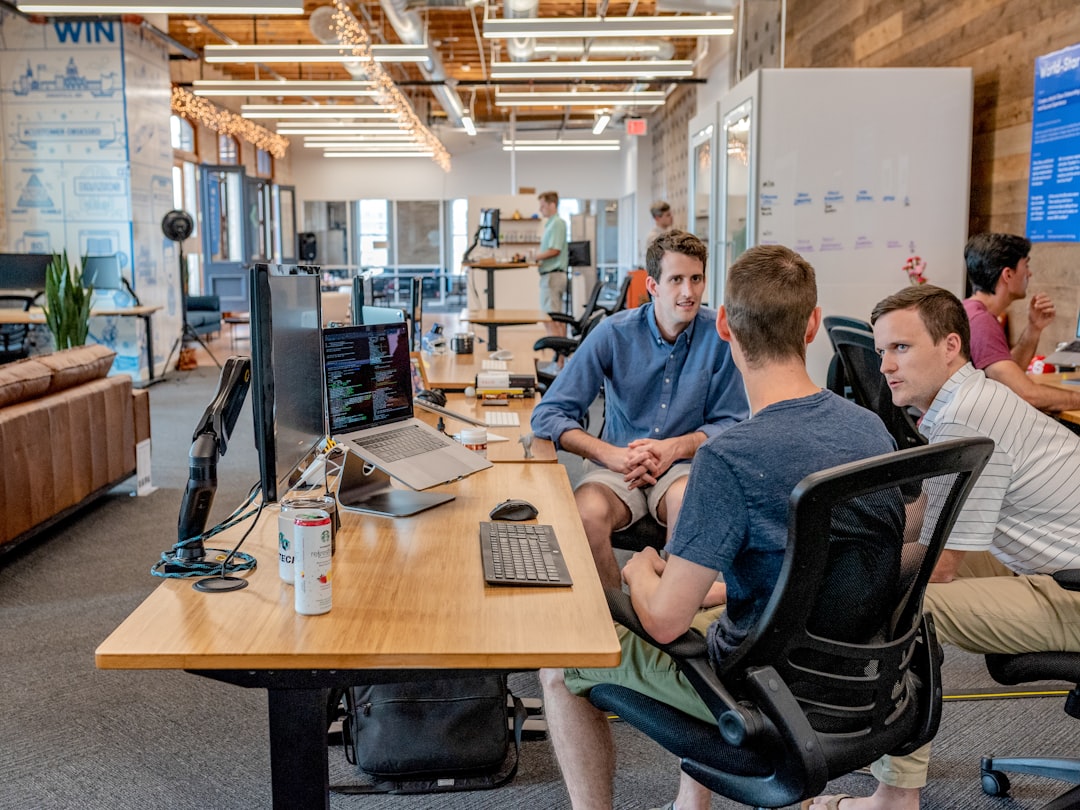
Creating a Sustainable Business Model for Your Economic Startup
# Introduction. In today's fast-paced and ever-evolving business landscape, startups face a unique set of challenges. One of the most crucial elements of a successful startup is its business model. Building a sustainable business model is not just about profitability; it's about ensuring that your startup can adapt to changes in the market and thrive in the long term. This blog post will guide you through the essential steps to create a sustainable business model for your economic startup. # Understanding Sustainability in Business Models. A sustainable business model is one that delivers value not only in terms of financial profit but also considers its impact on society and the environment. This triple-bottom-line approach—people, planet, and profit—emphasizes the need for businesses to operate ethically and responsibly while still achieving economic success. Understanding this concept is your first step towards developing a model that will endure market fluctuations and consumer shifts. # Defining Your Value Proposition. The value proposition is the cornerstone of your business model. It defines the unique value your startup offers to its customers and addresses their specific needs and pain points. To create your value proposition, consider the following questions: - What problems does your product or service solve? - How does your offering differ from competitors? - What specific benefits can customers expect? Crafting a compelling value proposition will not only attract customers but will also help you build a strong brand identity. # Identifying Your Target Market. Once you have defined your value proposition, it’s crucial to identify your target market. A deep understanding of your target demographic will inform not only your marketing strategy but also your product development and service delivery. Use tools like surveys, interviews, and market analysis to gather data about your potential customers. Consider demographic factors such as age, gender, income level, and geographical location, as well as psychographic factors like personal values and lifestyle choices. # Developing a Revenue Model. Your revenue model outlines how your startup will generate income. There are various revenue models to choose from, including: - **Direct Sales:** Selling products or services directly to customers. - **Subscription Fees:** Charging customers a recurring fee for access to a product or service. - **Freemium:** Offering a basic product for free while charging for premium features. - **Licensing:** Licensing your product or services to other businesses. When choosing your revenue model, consider how it aligns with your overall mission and how it meets the needs of your customers. # Building a Strong Supply Chain and Partnerships. A sustainable business model also relies on strong supply chain management. Businesses need to consider sourcing materials ethically and fostering relationships with suppliers who share similar values regarding sustainability. Building partnerships can also amplify your reach and enhance your credibility. Look for opportunities to collaborate with other companies that complement your business. # Metrics for Measuring Success. To ensure the effectiveness of your sustainable business model, establish clear metrics for success. These metrics should address financial, social, and environmental goals. Some examples include revenue growth, customer satisfaction scores, employee retention rates, and carbon footprint measurements. Regularly reviewing these metrics will enable you to identify areas that need adjustment and will inform continuous improvement. # Conclusion. Creating a sustainable business model for your economic startup is a multifaceted process that requires careful consideration of your market, value proposition, revenue generation, and operational practices. By prioritizing sustainability, you can create a business that not only thrives economically but also positively impacts society and the environment. Embrace innovation and flexibility, and remember that a successful business model is an evolving framework that adapts to new challenges and opportunities. .







